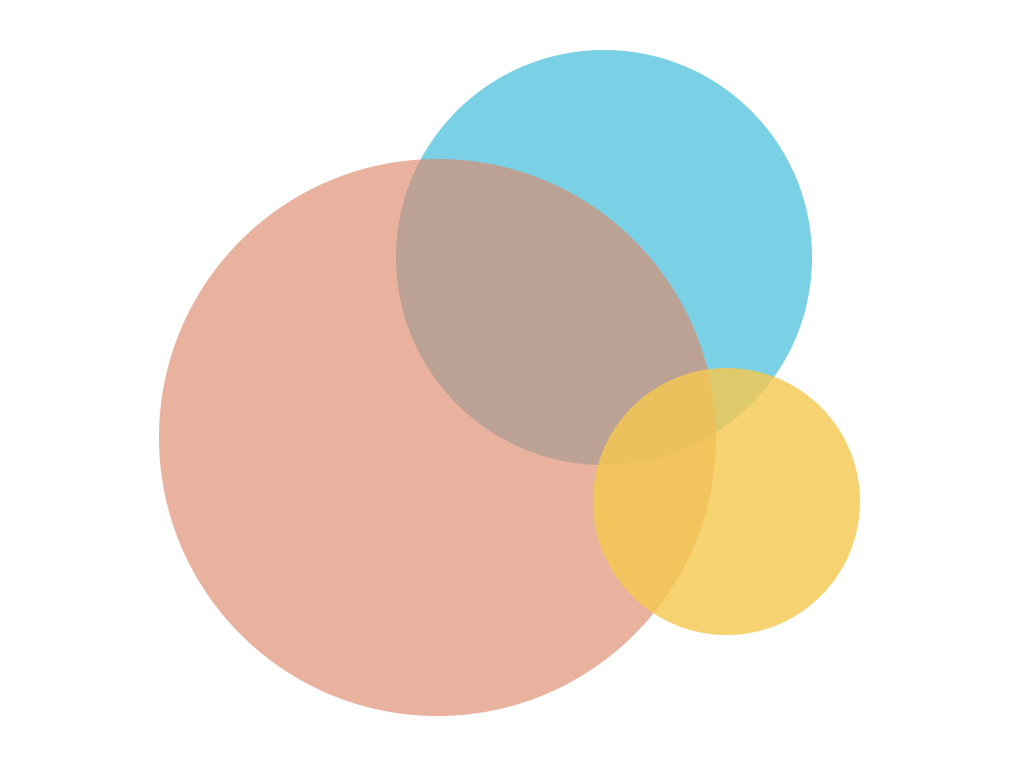About this course
You may be familiar with the popular saying, “It’s better to ask for forgiveness than permission.” Some individuals use this rationale to justify behaving in a way that they know they shouldn’t. In the case of copyright law, this aphorism is the worst possible advice and should NEVER be applied. In fact, when including document images and transcriptions in your edition, it’s essential that you adhere to all applicable copyright laws as well as secure the requisite permissions to publish the items you plan to use. Securing permissions is one of the most crucial steps you can take to ensure the viability of your edition. Simply put, you must have the rights not only to publish the materials you’ve selected but also to publish them in the form you wish to present them. In this unit, you’ll learn about when and how to seek permissions for documents you plan to incorporate into your edition. You’ll also explore best practices for maintaining a permissions record.
What you'll learn
- to decide when to seek permissions to publish.
- to adhere to relevant copyright laws.
- to seek permissions to publish.
- to maintain a permissions record.
Who is this course for?
This course is for anyone looking to secure permissions for publishing an image or digitization created by someone else, or for publishing a transcription of intellectual content created by someone else.
Course Content
Guides
Contributors
Supervision
- Krista Tomaselli
Visualization
- Krista Tomaselli
Writing—Review & Editing
- Neel Agrawal
- Katie Blizzard
- Cathy Moran Hajo
- Emily Middleton
- Russ Sprinkle
- Krista Tomaselli
Course Glossary
- Copyright Notice
An identifier placed on copies of a work to inform the world of copyright ownership.
- Copyright Term/Duration
The length of time that copyright applies to a work before it passes into the public domain.
- Creative Commons
A free license that provides all creators—from individuals to large institutions—with a standardized way to grant permission for public use of their creative work under copyright law. Learn more at the Creative Commons website: https://creativecommons.org/.
- Document
A handwritten, printed, or oral type of source material. Documents may include letters, diaries, financial records, invitations, event flyers, newspaper articles, poems, speeches, interviews and more.
- Fair Use
A legal doctrine in the United States that permits the unlicensed use of copyright-protected works under certain circumstances. There are four factors that guide determination on whether the unlicensed use of a copyright-protected work is permissible or fair. These four factors are outlined at the U.S. Copyright Office Fair Use Index: https://www.copyright.gov/fair-use/.
- License
An agreement to utilize or reproduce a creative work. May also be referred to as a “permission(s) agreement.”
- Permissions Letter
A letter seeking to obtain permissions from the copyright holder to use, reproduce, or adapt a creative work.
- Public Domain
Refers to creative works that are not protected by intellectual property laws, such as copyright, trademark, or patent laws. When a work is released into the public domain, the public, rather than an individual author or artist, owns the work as a collective entity. This means that anyone can use or adapt the work without obtaining permission, but no one can ever own it.
- Rights Statement
A statement about the intellectual property rights regarding a resource, a legal document giving official permission to use a resource, or a statement about access rights.
- Takedown Notice
A written statement allowing users to request that an item be removed (e.g., from a public website) due to a possible copyright infringement.


